Consolidation and practice
These resources are to support children in guided or independent work. Roll over the highlighted resource for a description.
Measuring cylinder
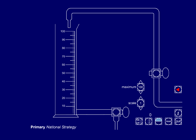
This interactive teaching program (ITP) is an ICT-based tool to support the exploration of number, measures and problem solving. Measuring cylinder ITP allows the child or teacher to simulate varying intervals on a scale, pouring liquid into the cylinder and interpreting the scale. The ITP can be used to explore and consolidate the interpretation and reading of scales, mental calculation strategies and methods of recording.
Opportunities to use and apply
Possible contexts include:
- Problems involving measures, e.g. There is 80 ml of liquid in this measuring cylinder. Work out how much it will hold when full.
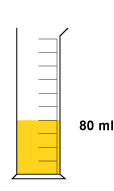
- Money problems, e.g. a clothes shop is having a sale where all items are reduced by 1/3. In the sale a jacket costs £24.00. How much would it normally cost?
- Area problems, e.g. the purple area is 35 cm². What is the area of the hexagon?
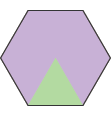
- Interpreting pie charts, e.g. working out the sample size when you have only been given the number of items represented in one segment.
Confirming learning
Ask probing questions such as:
- Ben collected 1/6 of the pencils from the box. There were 15 pencils left. How many pencils were in the box originally? Explain how you worked out your answer.
- The pink area represents 24 m². Explain how you would work out the area of the large square.
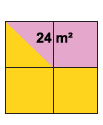
- Some children were asked to choose their favourite type of book. This pie chart shows the results. 15 children chose adventure. Work out how many children were in the survey. Explain your method.
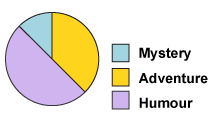
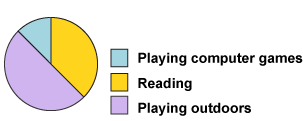
 Counting and understanding number and associated objectives
Counting and understanding number and associated objectives




